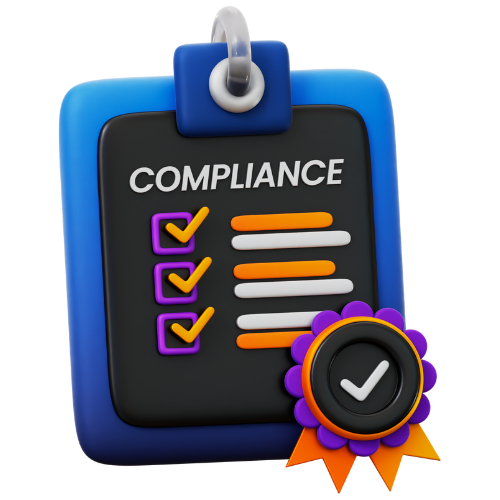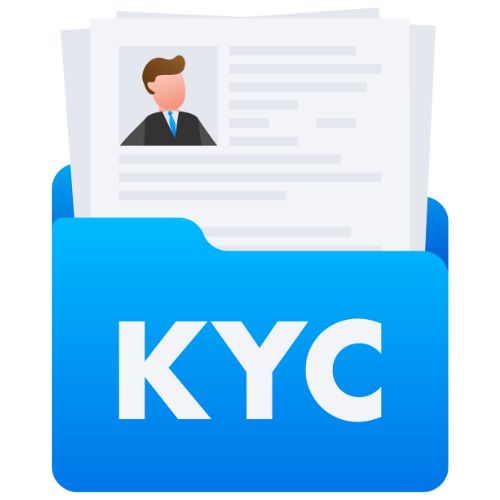Understanding the Role of PF and ESIC in Employee Welfare
This article explores the importance of Provident Fund (PF) and Employee State Insurance Corporation (ESIC) in enhancing employee welfare. Learn how these benefits contribute to the overall well-being of employees and ensure financial security.
Understanding the Role of PF and ESIC in Employee Welfare
Employee welfare is a crucial aspect of any organization's operations. It not only ensures the well-being of the employees but also contributes to their satisfaction and productivity. Two major schemes that play a pivotal role in ensuring employee welfare in India are the Employee Provident Fund (PF) and the Employee State Insurance Corporation (ESIC).
Employee Provident Fund (PF)
The Employee Provident Fund (PF) is a social security scheme that helps employees save a part of their salary for their retirement. Both the employee and the employer contribute a certain percentage of the employee's salary to the PF account. The primary objective of the PF scheme is to provide financial security to employees after their retirement.
Some key points to understand about the PF scheme:
- Contribution: The employee contributes 12% of their basic salary towards the PF account, while the employer matches this contribution.
- Interest: The PF account earns interest, ensuring that the funds grow over time.
- Withdrawal: Employees can withdraw the PF amount in case of retirement, resignation, or emergencies such as medical expenses, home loan repayment, children's education, etc.
- Tax Benefits: Contributions to the PF account are eligible for tax benefits under Section 80C of the Income Tax Act.
Employee State Insurance Corporation (ESIC)
The Employee State Insurance Corporation (ESIC) is a self-financing social security and health insurance scheme for Indian workers. The scheme provides employees with medical benefits, including medical treatment, sickness benefits, maternity benefits, and disability benefits. Both the employee and the employer contribute to the ESIC fund to avail of these benefits.
Key highlights of the ESIC scheme:
- Medical Benefits: ESIC provides cash and medical benefits to employees and their dependents in case of sickness, maternity, or employment injury.
- Maternity Benefits: Female employees are entitled to maternity benefits, including paid leave for a specified period before and after childbirth.
- Disability Benefits: In case of permanent or temporary disability due to employment injury, employees are eligible for disability benefits under the ESIC scheme.
- Extended Coverage: ESIC coverage extends to all employees earning a specified wage limit, ensuring that even the unskilled and economically weaker sections of society have access to medical benefits.
Importance of PF and ESIC in Employee Welfare
Both the PF and ESIC schemes play a crucial role in ensuring employee welfare in the following ways:
- Financial Security: The PF scheme helps employees save for their retirement, ensuring financial security post-employment. ESIC, on the other hand, provides medical benefits, reducing the financial burden in case of illness or injury.
- Health and Well-being: ESIC ensures that employees have access to quality healthcare services, promoting their health and well-being. This, in turn, leads to higher productivity and job satisfaction.
- Employee Retention: Offering PF and ESIC benefits can help organizations attract and retain top talent. Employees value companies that prioritize their welfare and provide security for their future.
In conclusion, the Employee Provident Fund (PF) and Employee State Insurance Corporation (ESIC) are integral to ensuring the welfare and well-being of employees in India. By contributing to these schemes, employers not only fulfill their legal obligations but also demonstrate their commitment to the health and financial security of their workforce.
Latest Updates
How to Register for GST in Multiple States
26 Dec 2025How to Register a Franchise Business
24 Dec 2025ca4filings.com Services









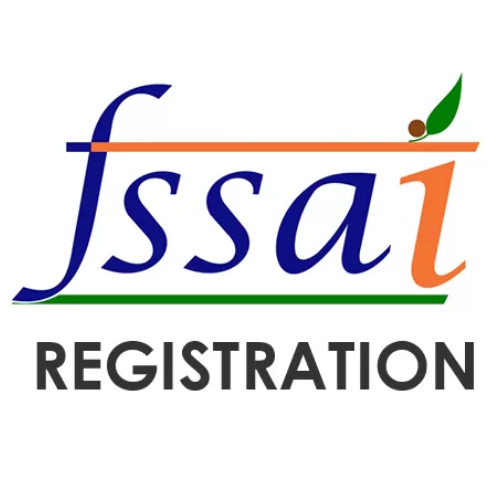
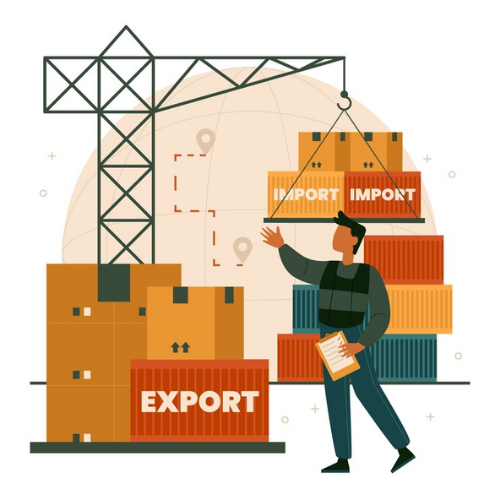
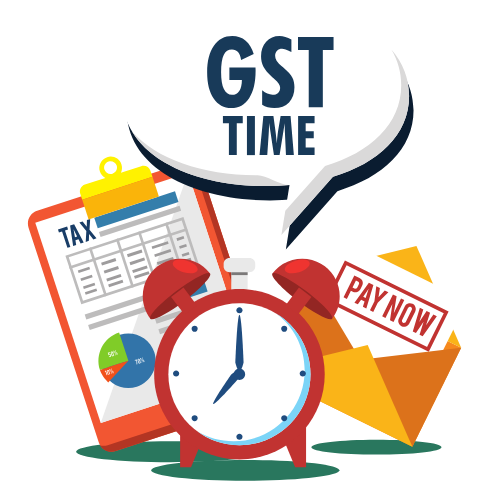



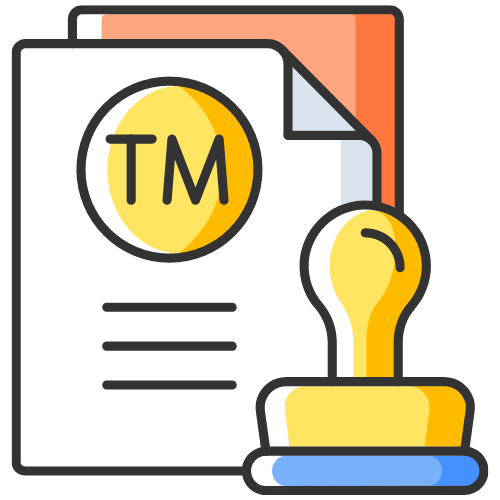
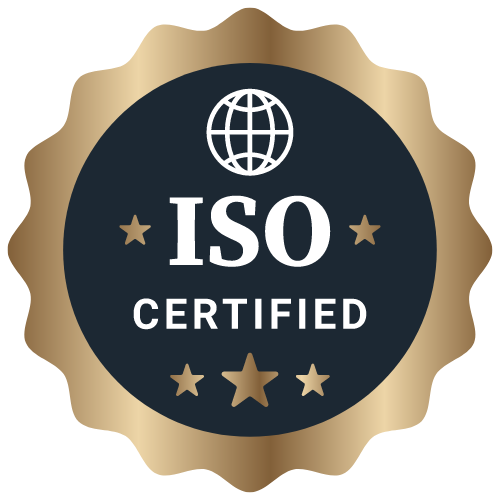
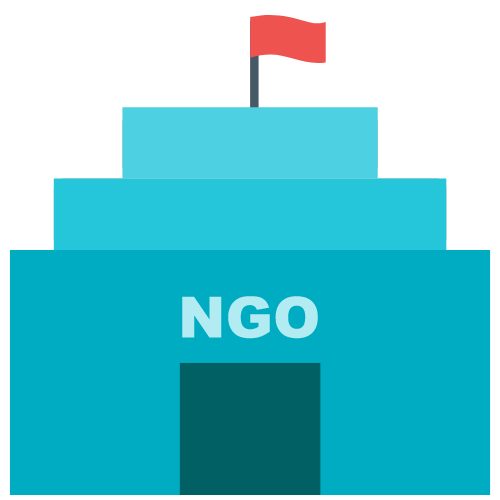






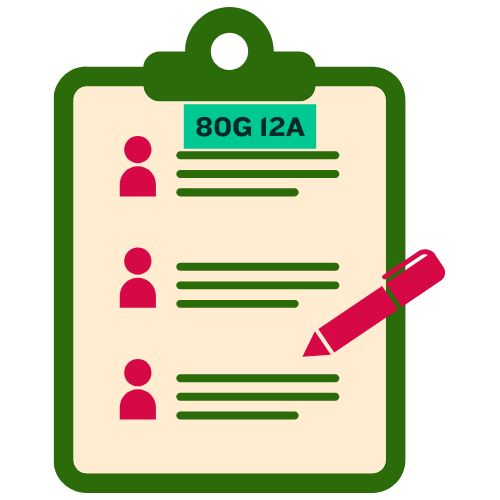

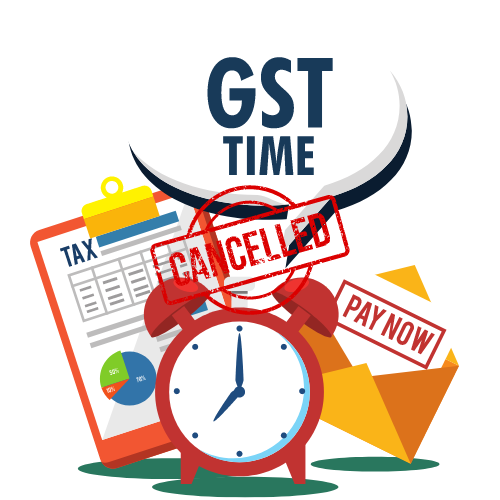

-registration.png)

